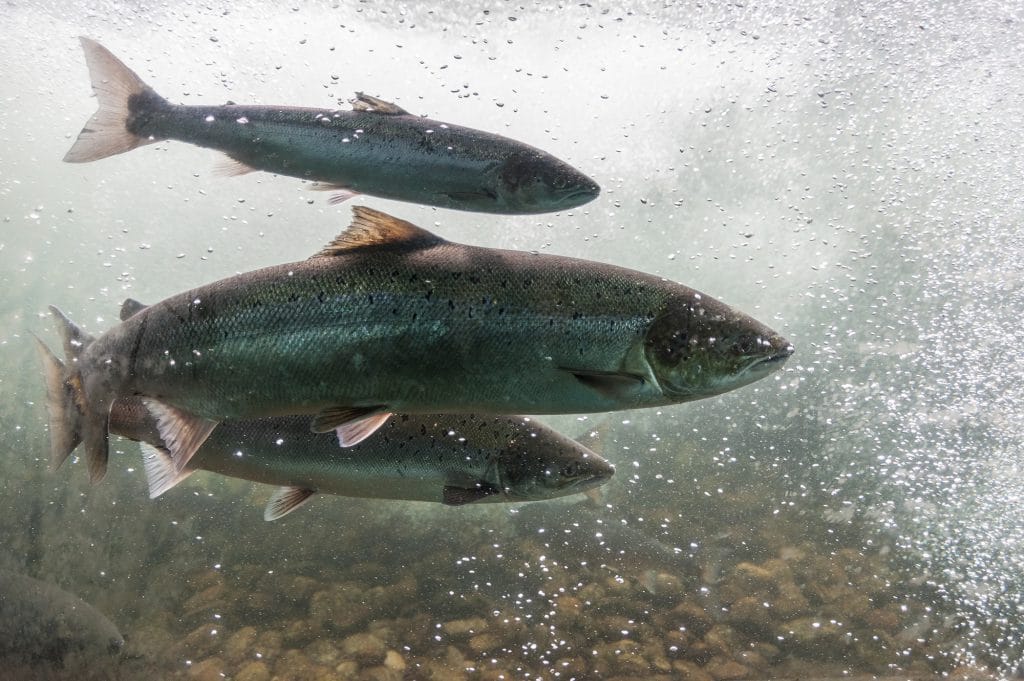
Pacific Salmon vs Atlantic Salmon
When you think of salmon, you probably think of wildly flowing rivers where salmon swim against the current. But that is not always the case, because those images mainly come from Alaska and are of the Pacific salmon. A completely different species is, for example, the Atlantic salmon.
As a processor and supplier to wholesalers, we are enthusiastic about salmon. That is why we would like to list some differences and facts.
What is Atlantic Salmon?
Atlantic salmon is a collective name for all salmon species that are mainly caught in the North Atlantic Ocean and has the Latin name Salmo salar. Species that fall under the Atlantic salmon are:
– European salmon. European salmon is another name for Atlantic salmon. European salmon and Atlantic salmon are different names for the same thing.
– Irish salmon is slightly shorter and has a more stocky build. In addition to the Norwegian salmon, it is more red-pink in color.
– Scottish salmon.
– Norwegian Salmon
– Icelandic salmon is longer en route to the Netherlands due to the distance and therefore has a shorter shelf life.
Characteristics of Atlantic Salmon:
Salmon has a dark stripe from the nose to the tail. In Atlantic salmon it is magnetized just like in a compass.
Pacific salmon
This salmon comes from the Pacific Ocean. That ocean is also called the Pacific Ocean or the Pacific Ocean. This salmon has the Latin name Oncorhynchus nerka. A well-known species that falls under this is the Alaska salmon. The five species that are typified as ‘Alaska salmon’ are:
- King Salmon (Chinook salmon) In Canada the salmon is called Chinook and in the American Alaska it is called King Salmon.
- socket eye. This is also called black kokanee salmon, sockeye salmon or blueback salmon
- coho
- Pink and Keta (Chum salmon).
Characteristics of Pacific Salmon
In Pacific salmon, the magnesite is in the skull. That works like a compass and that’s how the salmon can navigate.
The Difference Between Atlantic Salmon and Pacific Salmon
The Atlantic salmon do not all die after spawning and sometimes go back to sea.
The Pacific salmon does die after spawning. The salmon recognize the water from their home river and then swim thousands of kilometers up the river. On the way, a part is eaten by bears. The bears take the carcasses into the forest where they can eat the salmon peacefully. Some they leave behind and are eaten by birds and insects. The rest will rot and disappear into the ground. In this way they ensure that nitrogen from the sea ends up in the forests. This ensures that the forests in Canada are fertile in the places where salmon die.
Buy Pacific or Atlantic salmon?
Are you a buyer of salmon and looking for one or more pallets of salmon? Then contact Neerlandia Urk’s sales team. Or look here for more information!



